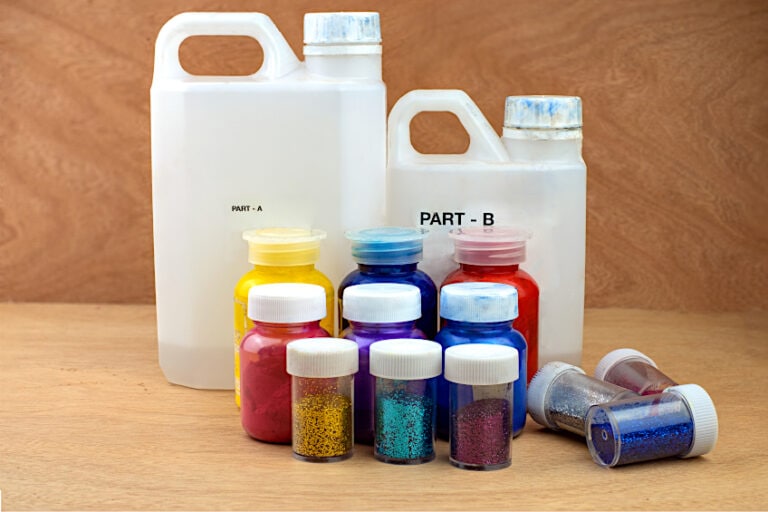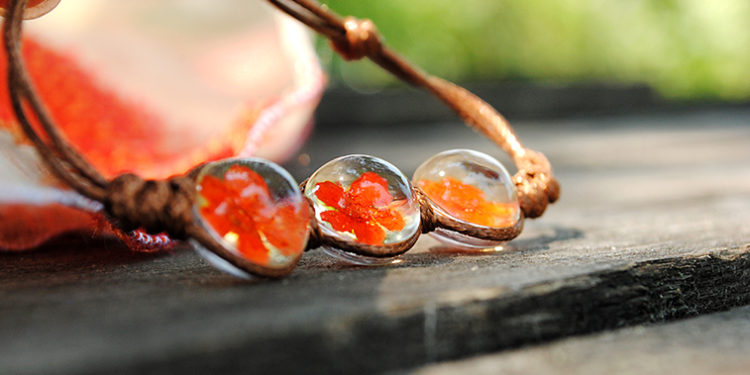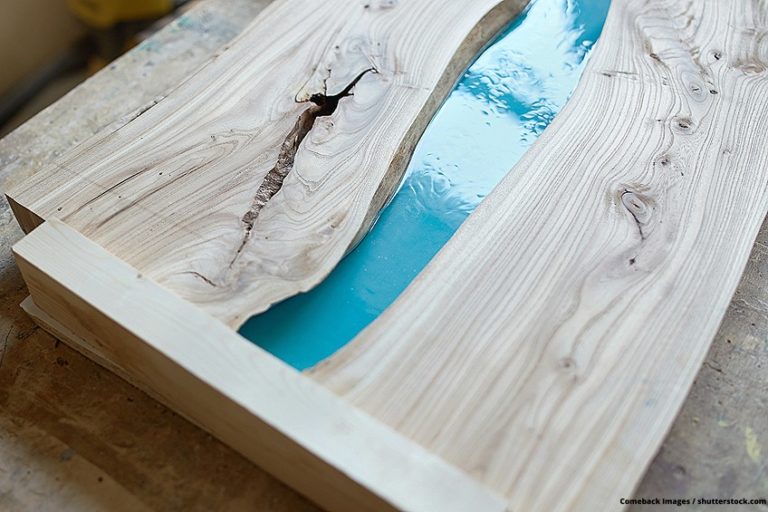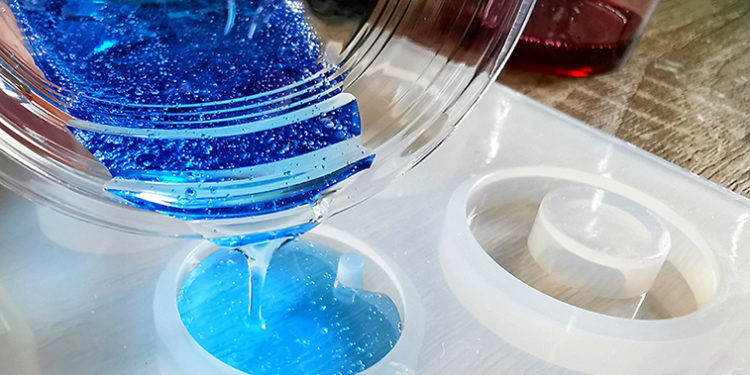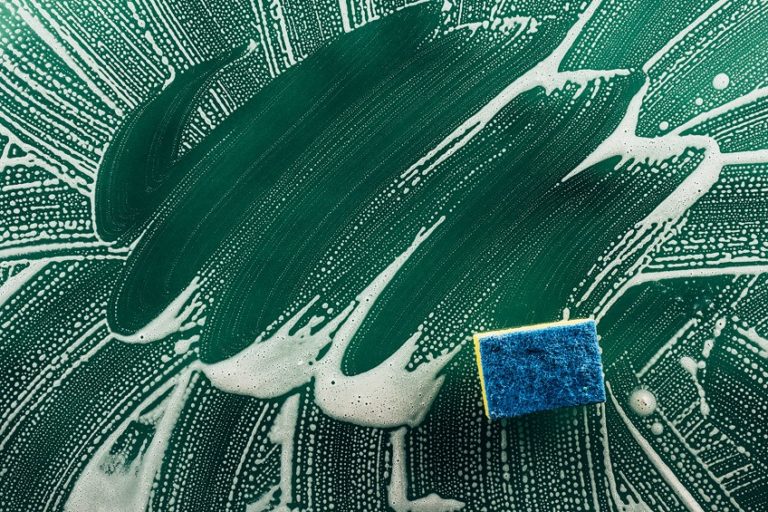Waterproof Epoxy – Is Epoxy Waterproof Once Cured?
This post may contain affiliate links. We may earn a commission from purchases made through them, at no additional cost to you.
When using epoxy resins, there are many uses and projects one could apply it to. Waterproof epoxy works well as a sealant on different surfaces. These are also great as tough adhesives, or they can be used for forming molds. In this article, we are going to discuss waterproof epoxy and its uses.
Is Epoxy Waterproof?
First and foremost, we should investigate the history of this product and how it has evolved over the years. First created in the 1930s, it was discovered that these resins, when mixed with a hardening agent, created a substance we now know as epoxy. This mixture made the resin firm, and once dry it provided a waterproof quality on your surface. This was of course used in many industrial projects and is still done so today.
As there are so many different variations of epoxy resin, not all of them will be waterproof. Or they will vary in strength and durability. As epoxy is quite a thick substance, the more layers added, the higher the moisture resistance of your surface. But too many layers will not cure correctly either, so balance is key. It is also important to note that even waterproof epoxy may not hold up well against the elements and is best used for indoor work.
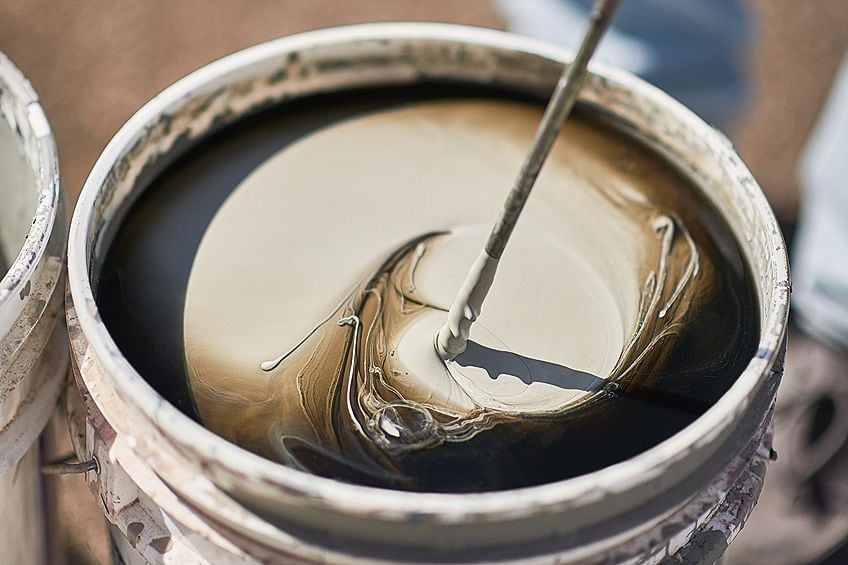
Types of Epoxy Resin
There are at least 16 different variations of epoxy. This includes adhesives and sealants that are resistant to high temperatures, general or structure adhesives, and those that are waterproof or water-resistant. These are generally sorted according to their durability and resistance to heat and other elements. Keep in mind that it is always important to use a mask when handling these substances.
Epoxy as an Adhesive
As far as adhesives go, epoxy resins fall into the category of structural adhesives. This means they are incredibly tough and are durable enough to handle force and load-bearing jobs. This explains why most homes, cars, and motorcycles have epoxy resins holding them together. This high-strength material can be used on plastics, wood, cement, stone, and other surfaces, including metals.
Epoxy as a Sealant
Using waterproof epoxy for fixing things around the home will leave you with a job that lasts for years to come. These are great choices for bathroom or kitchen repairs as most dry clear or to a natural color and should blend in seamlessly with your surfaces. They can also be used to fix or seal holes and leaks in piping, or they can be applied to your drains to protect them from metal corrosion.

What to Look for in Your Waterproof Epoxy
As you can see, there are a few uses for using epoxy resin around the house. Luckily, these are readily available and affordable from your local hardware. Before purchasing a product, it is always best to have done some research and know what qualities you are looking for in your product. Below is a list we have compiled to simplify things a little.
- First, the type of epoxy resin you need will be based on your project surface and its compatibility with the resin.
- The next thing will be based on the purpose you are using your resin for. Are you looking to build some figurines or jewelry? Do you need a bathroom or kitchen sealant? These jobs will require different types of epoxy based on the job you are using them for.
- Consistency is key, so try to apply even layers and wait for them to dry in-between each coat.
- The drying time and curing times will also differ based on the products you are using. These should have clear directions on the packaging for you to follow. Failure to follow the directions could ruin your project and prevent it from curing.
- Do not to apply these waterproof epoxies to wet surfaces. They work best on clean and dry materials.
- Cracking can be an issue with certain resins as they tend to dry quite hard, although some options are more flexible than others.
Using a Waterproof Epoxy
For this tutorial, we are going to work through the steps one would use to seal and coat a swimming pool. Waterproof epoxy paints and sealants are perfect for these sorts of jobs, being highly durable and waterproof.
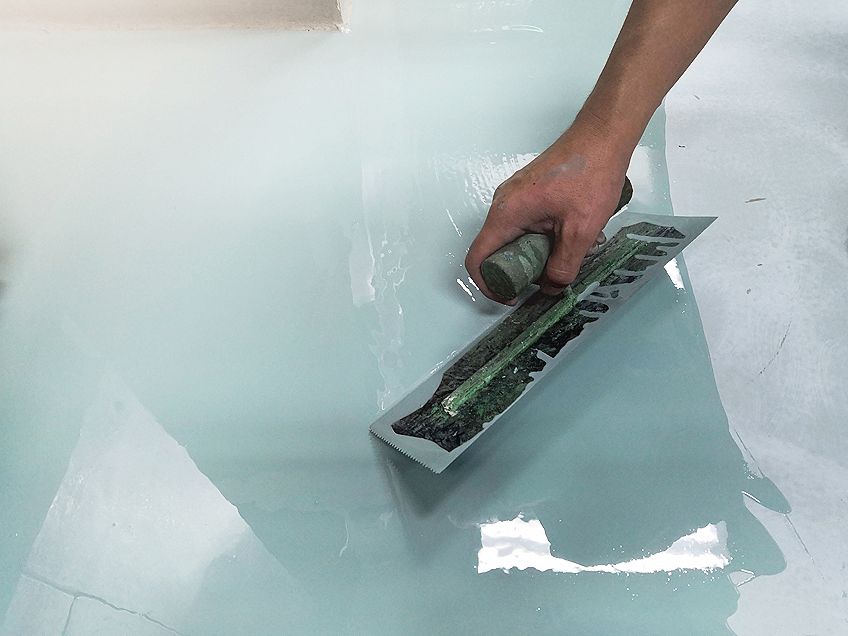
Preparing Your Surface
Using this substance to seal and paint your pool can ensure a long-lasting finish of up to 10 years. In order to do the job correctly, it is important to follow the directions. Any missed areas or problems will leave you with an unfinished or unsuitable job.
- The first step is to remove any dust, dirt or paint from the area. This can be done using a hose or water-blaster for bigger jobs. If your surface was painted previously or is made from a fiberglass material, then these will need sanding before continuing.
- Once you are done with that, you can use a trisodium phosphate solution to clean your pool. This will remove any residue left over from oils and dirt, making it easier for your epoxy to stick to the surface.
- Your pool must be completely dry before you start applying product. Any moisture will cause issues later on.
Things To Look Out For
Once you have painted and sealed the area with your waterproof epoxy, you may be wondering about the longevity of the job. Here are some things to look out for.
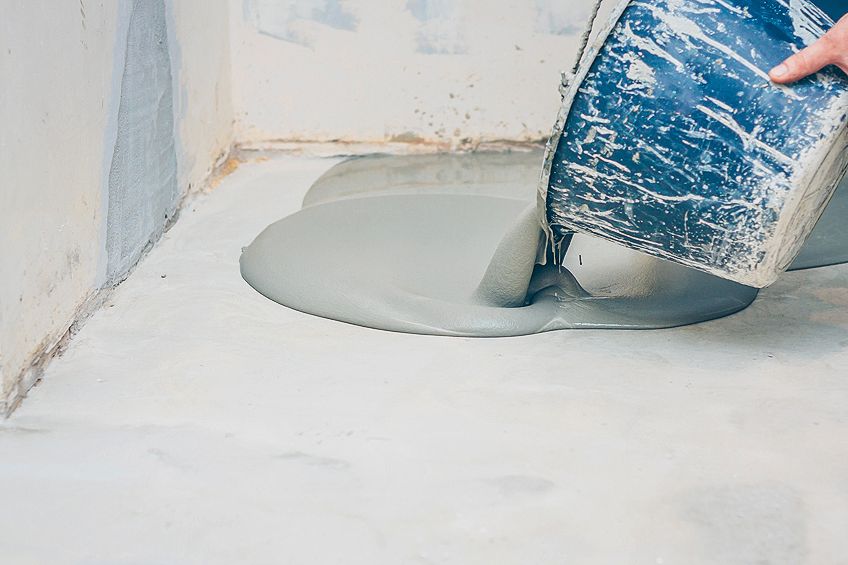
Chalking
This phenomenon is due to epoxy paint molecules breaking down over time and sitting in your pool water or on the surface, creating a hazy, chemical appearance in the water. Known as chalking, this residue is removed from the walls and floors and then transmitted to the skin of people in the pool. This can be dangerous. Maintaining a high alkaline level in your pool will prevent this from happening.
Peeling and Flaking
Epoxy paints can peel or flake off if the surface has not been properly prepared. This can be caused by different circumstances, but generally can be avoided by prepping the area correctly before starting. The reason paint peels or chips is usually because it is not able to properly adhere to the surface. This is because of moisture or even old paint and dirt residues being left behind and painted over.
Another factor that can lead to paint peeling is painting too many coats or very thick coats that have not been allowed to dry properly. This can lead to bubbles and blisters on the surface of your paint. To fix this, there is no need to have to redo your entire pool or start from scratch. These patches can be sanded and redone on their own.
Fading
Paint fades. This is a reality whether you are painting the walls of your home or the inside of a swimming pool. Being outside, your area is more exposed to heat and other elements which will increase the rate at which this happens. Lightly using an acid wash over the surface will remove the dirt residue and slime from your paint, making it appear fresh and vibrant again. This will not work if the paint is chipping or peeling.
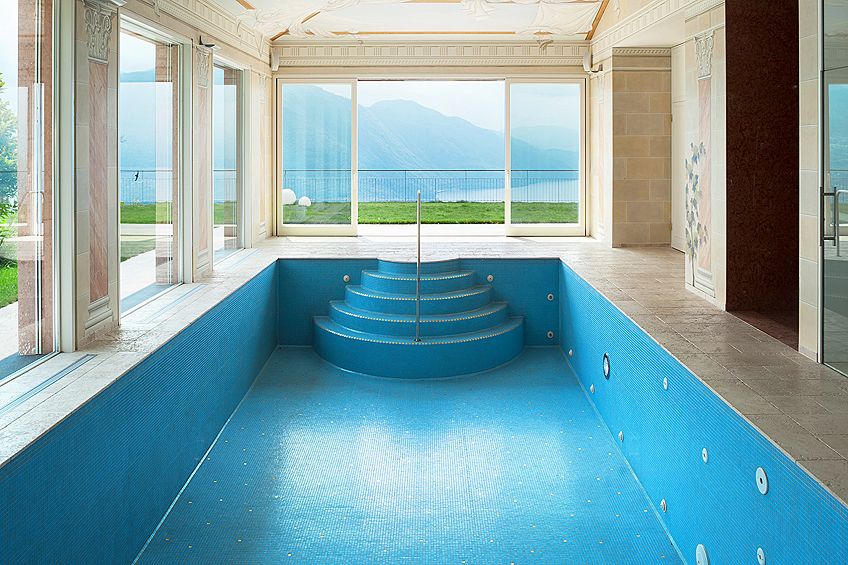
Frequently Asked Questions
Is Epoxy Waterproof?
Certain types of epoxy resin are waterproof. These are ideal for use on showers, baths, and kitchen jobs. These varieties of epoxy will seal and protect the surface while blending seamlessly into the surface.
Is Resin Suitable for Outdoors?
Certain waterproof epoxy resins can be used outdoors. However, not all varieties will be able to withstand external weather factors. Some also tend to yellow over time if exposed to light. Be sure that the product you are using is suitable for outdoor projects.
We wish you all the best with your waterproof epoxy projects. Now that you know how to use it, this substance should be an easy job to handle.
Larissa Meyer is a 32-year-old mother from Michigan and creative spirit since childhood. Her passion for painting and drawing has led her to an education as an illustrator and a career as a freelance graphic designer. She has a Bachelor of Fine Arts in Illustration and a degree in Graphic Design. Larissa is a talented artist who is able to master a wide range of styles and techniques to bring her artistic vision to life. Her greatest passion is currently fluid painting and epoxy resin art. As a mom of two kids, Larissa also understands the importance of fostering creativity in early childhood. She uses her experience and knowledge to help other parents inspire their children and develop their artistic skills as well.
Learn all about Larissa Meyer and Fluid Painting.



